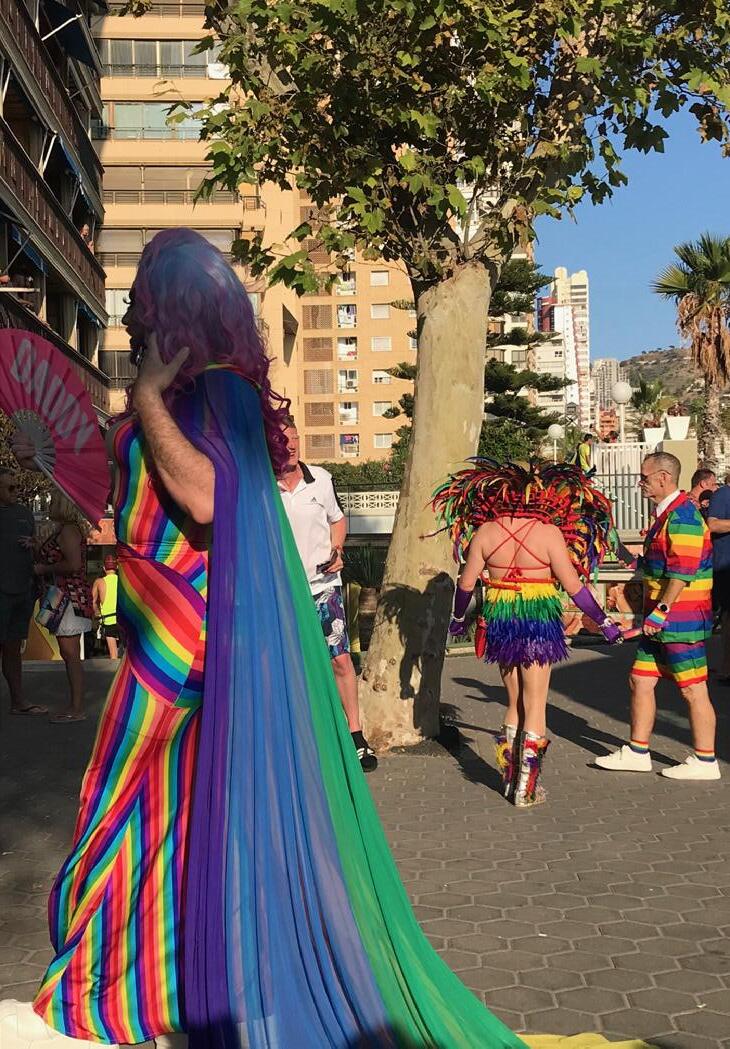
2 minute read
I AM WHAT
from #34
Pride is now a colourful rainbow celebration of all that the LBTQIA community and everything they represent. This is as it should be, and is a far cry from the outrage that was known as the Stonewall rebellion, which was a series of spontaneous protests by members of the gay community in response to a police raid that began in the early morning hours of June 28 , 1969, at the Stonewall Inn in the Greenwich Village neighborhood of Lower Manhattan in New York City. Patrons of the Stonewall, other Village lesbian and gay bars, and neighborhood street people fought back when the police became violent. The riots are widely considered the watershed event that transformed the gay liberation movement and the twentieth-century fight for LGBT rights in the United States.
As was common for American gay bars at the time, the Stonewall Inn was owned by the Mafia. While police raids on gay bars were routine in the 1960s, officers quickly lost control of the situation at the Stonewall Inn on June 28, 1969. Tensions between New York City Police and gay residents of Greenwich Village erupted into more protests the next evening and again several nights later. Within weeks, Village residents organized into activist groups demanding the right to live openly regarding their sexual orientation, and without fear of being arrested. The new activist organizations concentrated on confrontational tactics, and within months three newspapers were established to promote rights for gay men and lesbians.
Advertisement
A year after the uprising, to mark the anniversary on June 28, 1970, the first gay pride marches took place in Chicago, Los Angeles, New York, and San Francisco. Within a few years, gay rights organizations were founded across the US and the world. Today, LGBT Pride events are held annually worldwide in June in honor of the Stonewall riots.
The Stonewall National Monument was established at the site in 2016. An estimated 5 million participants commemorated the 50th anniversary of the Stonewall uprising, and on June 6, 2019, New York City Police Commissioner James P. O’Neill rendered a formal apology for the actions of officers at Stonewall in 1969.
Very few establishments welcomed gay people in the 1950s and 1960s; those that did were often run by organized crime groups, due to the illegal nature of gay bars at the time. The homophobic legal system of the 1950s and 1960s prompted early homosexual groups in the US to prove gay people could be assimilated into society, and such early groups favored non-confrontational education for homosexuals and heterosexuals alike. However, the last years of the 1960s saw activity among many social/political movements, including the civil rights movement, the counterculture of the 1960s serving as a catalysts for the Stonewall riots.
The Pride movement arose from the ashes of these tragic events and now is a worldwide celebration of the LBTQIA lifestyle l













